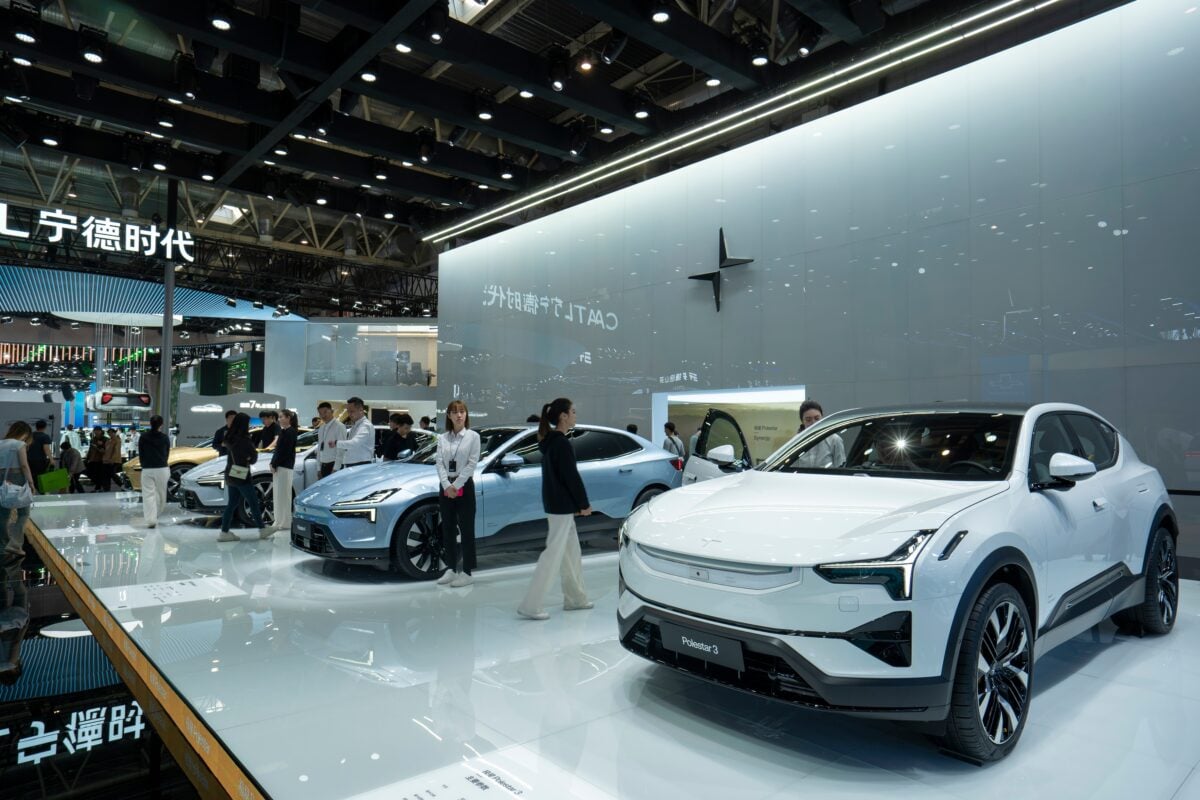TLDRs:
- China’s EV market crossed one million monthly sales for the first time, driving a 24% global rise in May.
- European growth remains steady, fueled by regulatory pressure and new incentives in countries like Germany.
- North America’s EV market lags due to tariff pressures and expiring subsidies, stalling broader adoption.
- Infrastructure remains a key hurdle, as limited charging access tempers consumer enthusiasm worldwide.
Electric vehicle sales reached unprecedented levels in May, propelled largely by surging demand in China.
According to new market analysis, global sales of battery electric and plug-in hybrid vehicles rose by 24% compared to the same month last year, setting a new high for the industry. The most striking contributor to this growth was China, which surpassed one million EV units sold in a single month for the first time in 2025.
China’s EV Market Drives Global Demand
China’s strong domestic appetite for electric vehicles, along with strategic exports to markets such as Southeast Asia, Mexico, and Uzbekistan, helped anchor this global upswing. The country’s expanding infrastructure and supportive regulatory environment continue to position it as the pace-setter for the industry.
Notably, major automakers like BYD are not only satisfying domestic demand but are also aggressively tapping into international markets, reinforcing China’s role as the linchpin of global EV momentum.
While Europe also saw robust growth, its performance still lagged behind China’s explosive figures. Nonetheless, a combination of rising fleet incentives in Germany and increased demand in Southern European countries contributed to a healthy uptick across the continent. Analysts attributed Europe’s steady rise to the EU’s regulatory pressure on automakers to reduce fleet emissions, which has driven manufacturers to prioritize electric options.
Tariffs Hit North America Sales
On the other side of the globe, North America showed more tepid progress. Sales growth in the US and Canada remained modest in comparison, hindered by a blend of policy stagnation, subsidy rollbacks, and trade barriers. The expiration of key Canadian EV incentives and the continuation of steep US tariffs on imported vehicles appear to be slowing adoption rates in the region.
With the US currently levying a 25% tariff on foreign EVs, global automakers are recalibrating their strategies. Many are now reconsidering export plans or shifting production closer to end markets in an attempt to dodge prohibitive duties. This policy environment has added friction to the North American EV market just as global enthusiasm is reaching new heights.
Infrastructure Still Struggles to Match EV Boom
Despite these record-breaking figures, the global EV surge is still not without its friction points. One of the most pressing challenges remains the uneven rollout of charging infrastructure. Europe, for instance, has managed to install one million public chargers, but experts warn that the region needs to reach nearly nine million by the end of the decade to support its green transition.
Consumer surveys continue to show skepticism around battery-only models, with many buyers favoring plug-in hybrids or internal combustion vehicles due to ongoing concerns about charging convenience and range limitations. Even industry leaders like Tesla have seen their market share shrink in the US as infrastructure concerns weigh on consumer decision-making.






